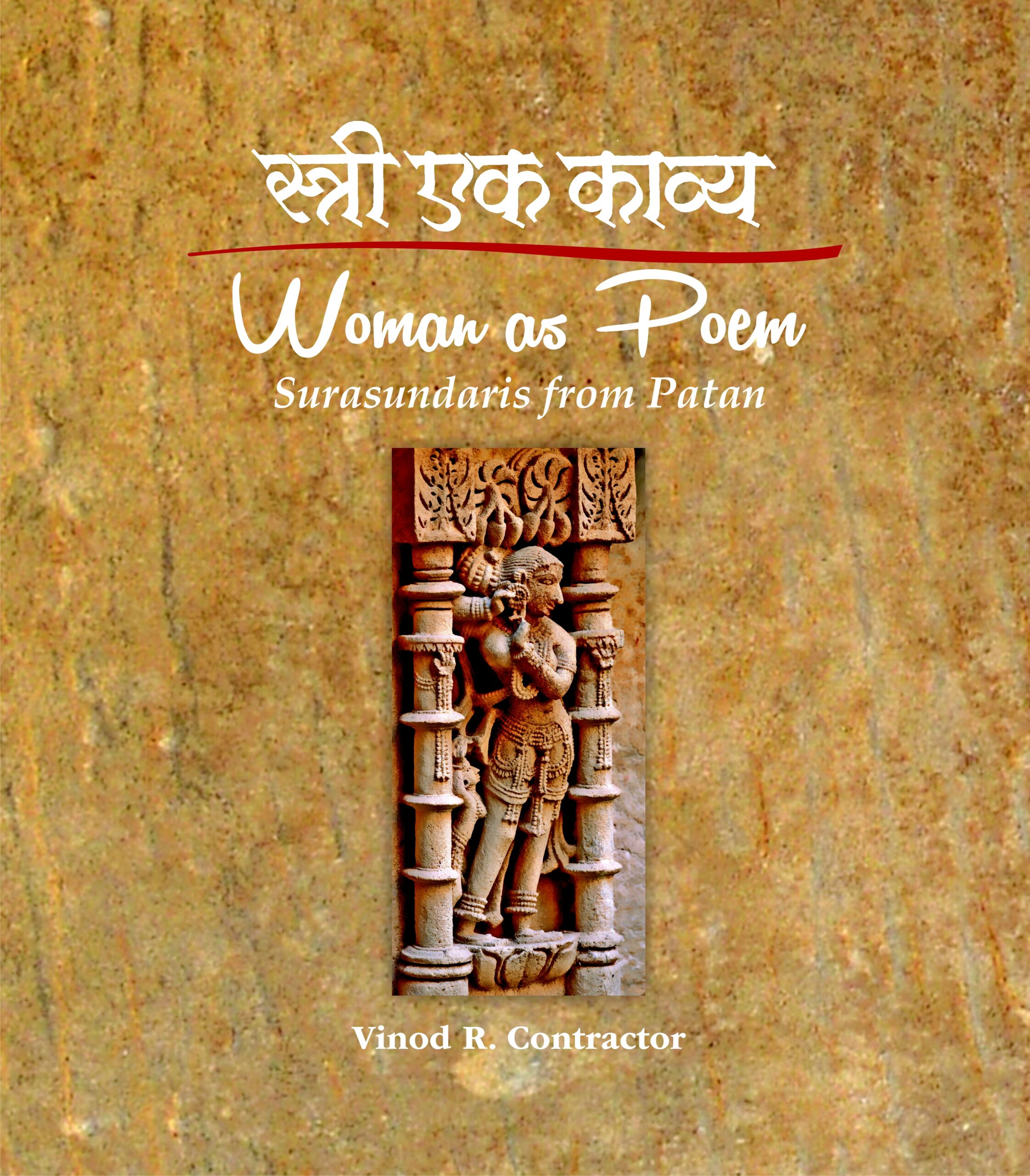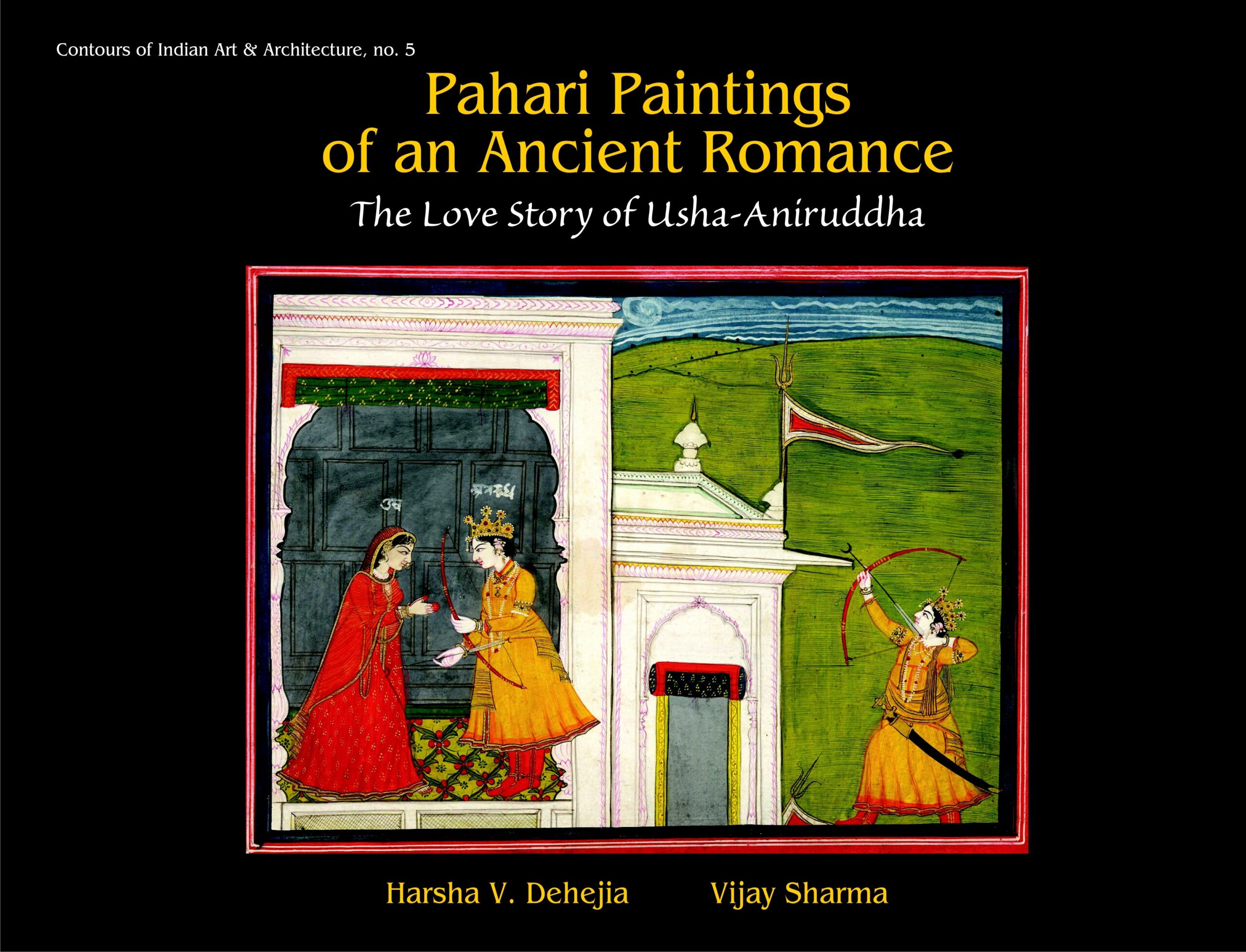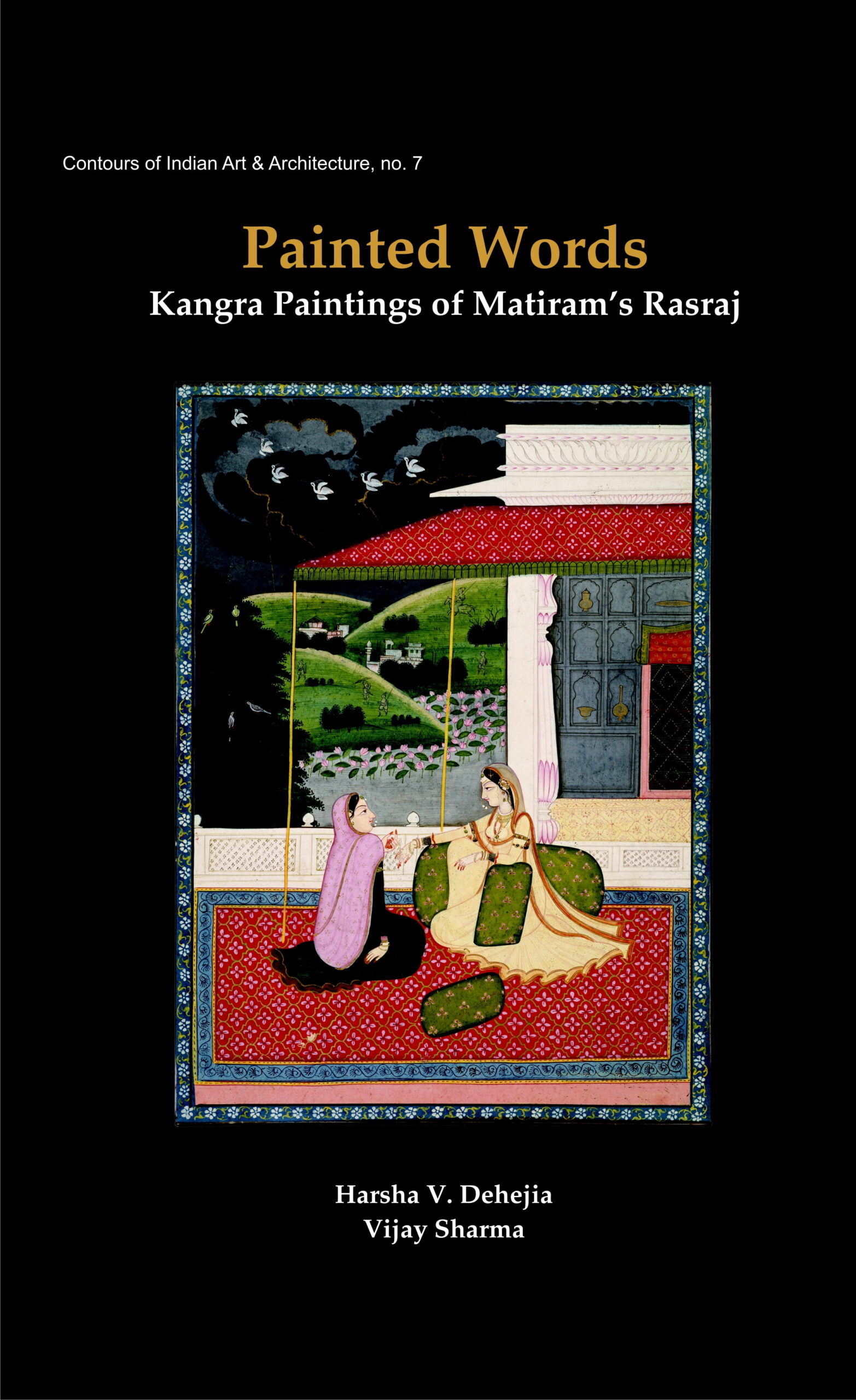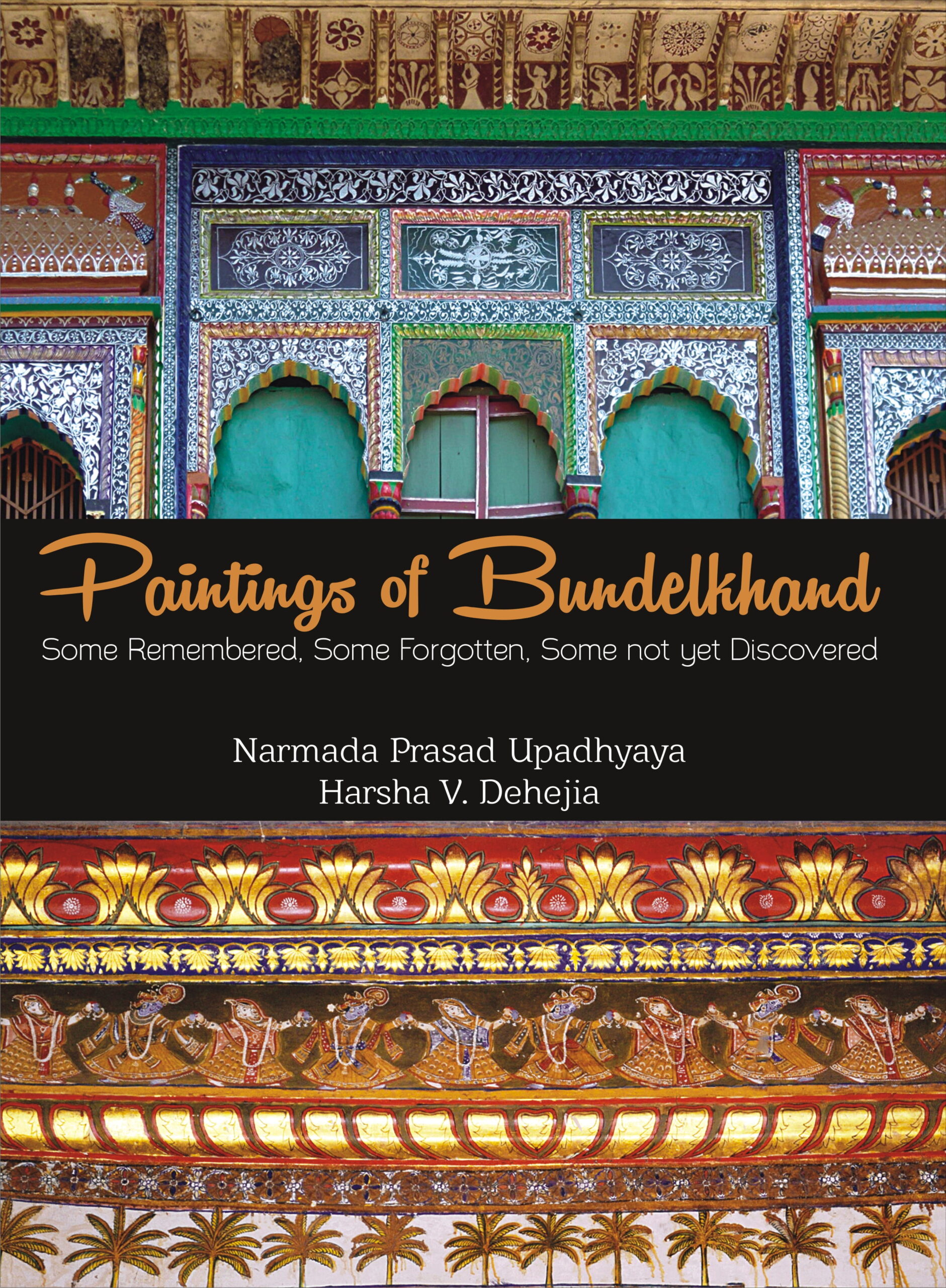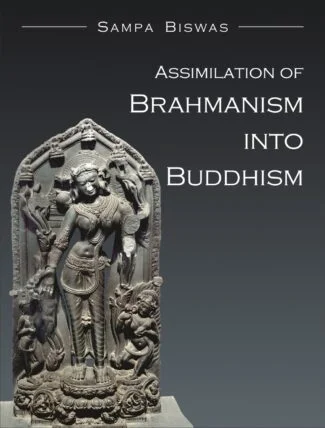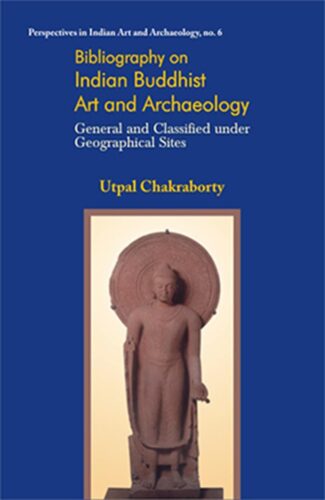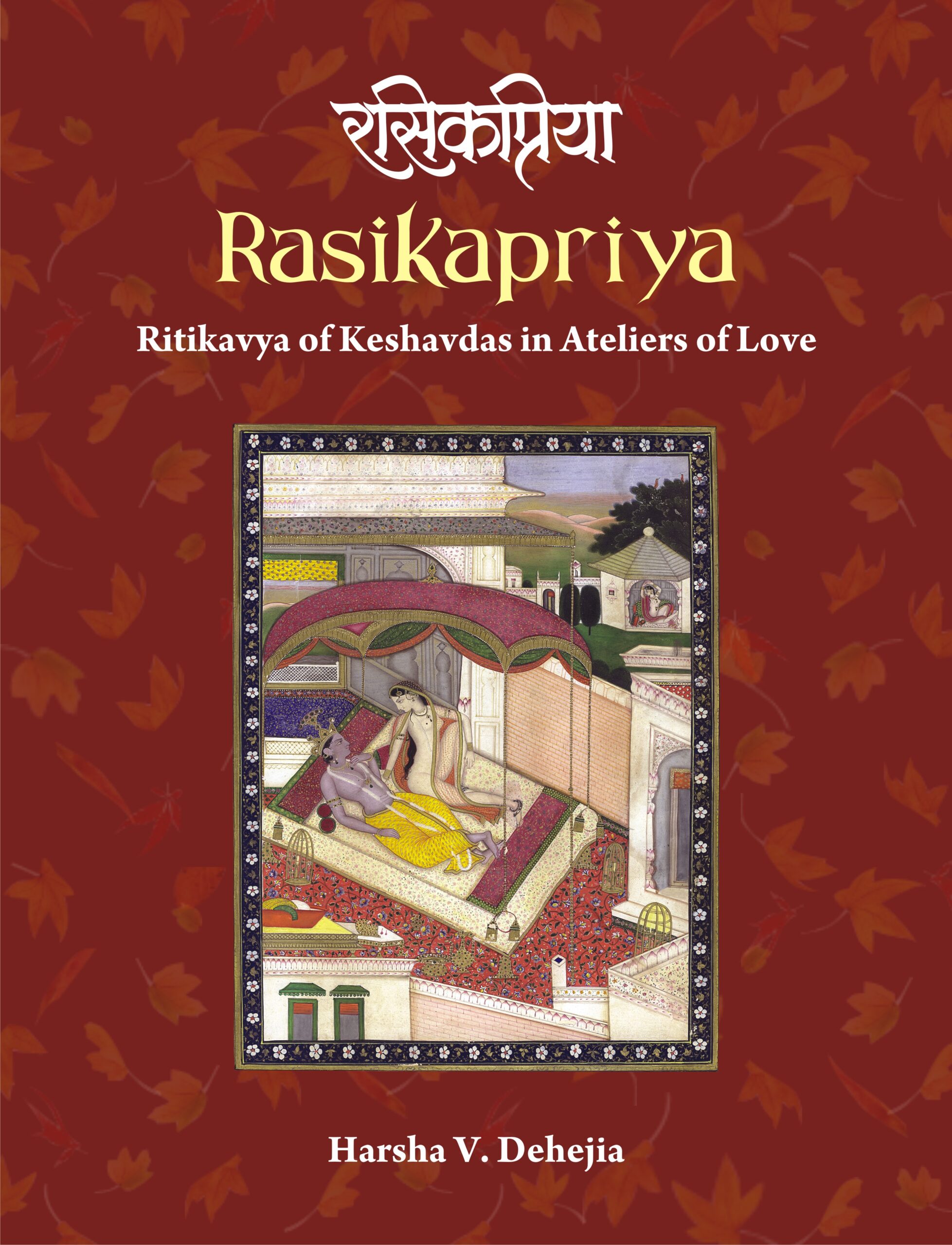

Rasikapriya...
Rasikapriya
by: Harsha V. DehejiaThis book brings, for the first time, the translation of the entire text of Rasikapriya of Keshavdas in English with more than 400 paintings. In its pages are whispers of Krishna and Radha, and the hushed voices of the sakhis as they celebrate romantic moments of longing and belonging in the regal splendour of pranaya mandaps of havelis or verdant and idyllic groves.
Original price was: ₹5,800.00.₹5,220.00Current price is: ₹5,220.00.
ISBN: 9788124606889
Year Of Publication: 2013
Edition: 1st
Pages : 328p.
Bibliographic Details : over 470 miniature paintings; profusely illustrated on art paper
Language : English
Binding : Hardcover
Publisher: D.K. Printworld Pvt. Ltd.
Size: 32
Weight: 2580
Rasikapriya is a lakshan granth, a foundational text, of ritikavya or mannered poetry, and Keshavdas is the father of ritikal. It was the early seventeenth century, and in the court of Raja Indrajit of Orchha in Bundelkhand, Keshavdas, the court-poet, would recite short romantic verses and the gathered connoisseurs of poets, musicians and dancers would respond, and the atelier would resonate with the many textures and hues of shringara. This was the beginning of Rasikapriya, a text that is still central in the celebration of love. Keshavdas was a poets poet and he created a monumental text that remains the gold standard of ritikavya even today. And if that was not enough Rasikapriya inspired artists to create paintings illustrating its many dohas and savaiyas even in the lifetime of the poet.
Artists in the ateliers of Malwa, Mewar, Bikaner, Bundi and Kangra, among others, were touched by the evocative poetry of Rasikapriya and created paintings that were visual poetry. The names of Sahibdin of Mewar, Ruknuddin of Bikaner and Purkhu of Kangra stand out as artists that brought Rasikapriya to life through their mellifluous kalams.
Rasikapriya remains one of the most profusely illustrated texts in India and finds a place in collections of museums and individuals alike all over the world. This book brings together, for the first time, the translation of the entire text in English along with more than 400 paintings collected from a variety of sources. In its pages are whispers of Krishna and Radha and the hushed voices of the sakhis as they celebrate romantic moments of longing and belonging in the regal splendour of pranaya mandaps of havelis or verdant and idyllic groves. And as readers of this book recreate the music and the splendour of this text they cannot remain untouched by the sensuality and spirituality of shringara rasa and affirm that in celebrating the loves of Krishna one is never far from bhakti.
The book is a visual delight, a connoisseurs companion and a reference manual for scholars.
The Life and Times of Keshavdas
The Twin Dilemmas
The Poetry and Poetics of Keshavdas
The Ateliers of Rasikapriya
The Poetry of Rasikapriya
The Paintings of Rasikapriya
Curatorial Notes
Vidai
Acknowledgement





